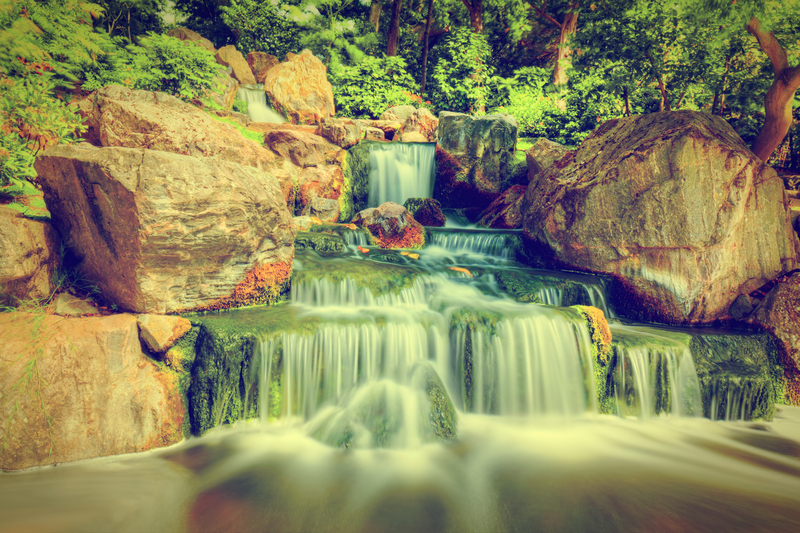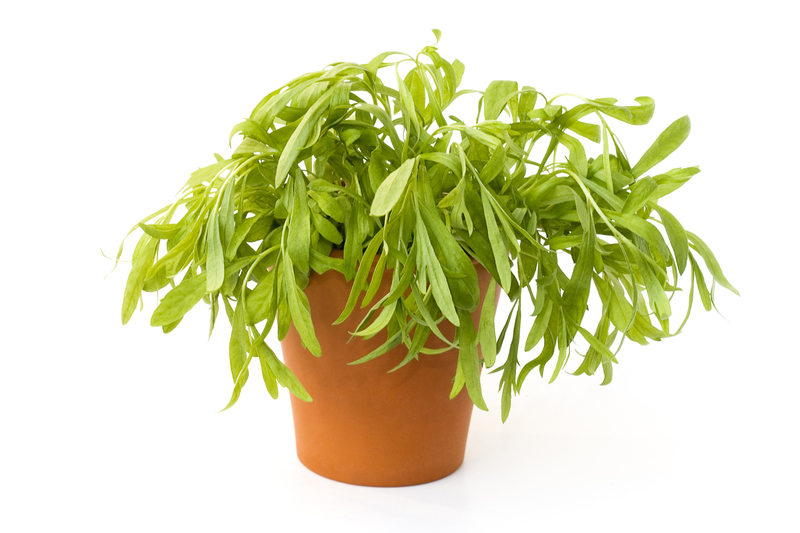Shade Garden Favorites
Posted on 05/02/2025
A shade garden can be an enchanting addition to your landscape, offering a cool, tranquil retreat during hot summer days. While not all plants thrive in low-light conditions, there are many beautiful options that can flourish in shady spots. In this article, we delve into some of the best shade garden favorites, providing you with plant recommendations, tips, and important considerations.
Why Create a Shade Garden?
Shade gardens are ideal for areas of your yard that receive little to no direct sunlight. They can add depth and texture to your landscaping and are often easier to maintain than sunnier spots. Additionally, they can offer a sanctuary for shade-loving plants that otherwise wouldn't grow well in full sun.

Top Shade Garden Plants
1. Hostas: Hostas are perhaps the most popular shade garden plants, known for their lush foliage that comes in a variety of sizes, colors, and patterns. They are relatively low-maintenance and are loved for their hardiness.
2. Ferns: Ferns add a delicate, airy texture to shade gardens. Varieties like the Japanese Painted Fern or the Lady Fern can add both color and intricacy to your plantings.
3. Heucheras (Coral Bells): Heucheras offer wonderful foliage with a wide range of colors from deep purples to bright greens. They also produce small, bell-shaped flowers that attract pollinators.
4. Astilbes: Astilbes are known for their plume-like flowers that can light up a shady spot. They come in shades of pink, red, white, and purple.
5. Bleeding Hearts (Dicentra): These perennial plants produce charming, heart-shaped flowers that dangle off arching stems, making them a favorite for adding visual interest.
Designing Your Shade Garden
When designing a shade garden, consider the following tips for creating a harmonious and visually appealing space:
1. Layering Plants: Utilize plants of varying heights to create depth and interest. Taller plants like hostas can be placed in the background, with shorter groundcovers like Lungwort (Pulmonaria) in the foreground.
2. Focal Points: Incorporate focal points such as a birdbath, statue, or a bench to provide a resting point for the eyes and to enhance the garden's overall aesthetic.
3. Color Schemes: Although shade gardens often rely more on foliage than flowers for visual interest, consider mixing different shades of greens and including plants with variegated leaves for added color.
Caring for Shade Garden Plants
Maintaining a healthy shade garden requires some specific care practices:
1. Watering: Shade plants often require less water than sun-loving plants, but it's important to keep the soil consistently moist, especially during dry spells.
2. Soil Quality: Many shade plants prefer rich, well-drained soil. Consider adding compost or organic matter to improve soil texture and fertility.
3. Mulching: Apply mulch to help retain moisture and suppress weeds. An organic mulch like leaf mold or pine needles is ideal for shade gardens.
Pros and Cons of Shade Gardens
Pros:
- Lower water requirements compared to sun gardens
- Cooler environment, providing a retreat during hot weather
- Unique plants that thrive in low light
- Reduced weed growth
Cons:
- Limited plant choices
- Slower growth rates
- Potential for mold and mildew issues due to damp conditions
- Requires careful planning and design
Tips for Successful Shade Gardening
1. Understand Your Shade: Determine if your garden receives full shade or partial shade and choose plants accordingly.
2. Group Plants by Needs: Place plants with similar water and soil requirements together for more efficient care.
3. Regular Inspections: Check your plants regularly for pests or diseases, as these can spread quickly in the moister conditions of a shade garden.

Key Takeaways
Shade gardens offer a unique opportunity to create a tranquil and cool space in your yard, filled with lush, beautiful plants that thrive without direct sunlight. Hostas, ferns, Heucheras, Astilbes, and Bleeding Hearts are some top choices to consider. Remember to design with layers and focal points, maintain good soil and moisture levels, and choose plants suitable for the specific shade conditions in your garden.
Conclusion
Creating a shade garden can be a rewarding endeavor, providing a serene and beautiful area in your landscape. By choosing the right plants and following best practices for design and maintenance, you can cultivate a healthy and vibrant shade garden that will be a source of enjoyment for years to come. While there are some challenges, such as limited plant choices and potential for mold, the benefits of a cool, lush haven far outweigh them. Happy gardening!





 Certified and experienced landscapers
Certified and experienced landscapers




 Get a Quote
Get a Quote